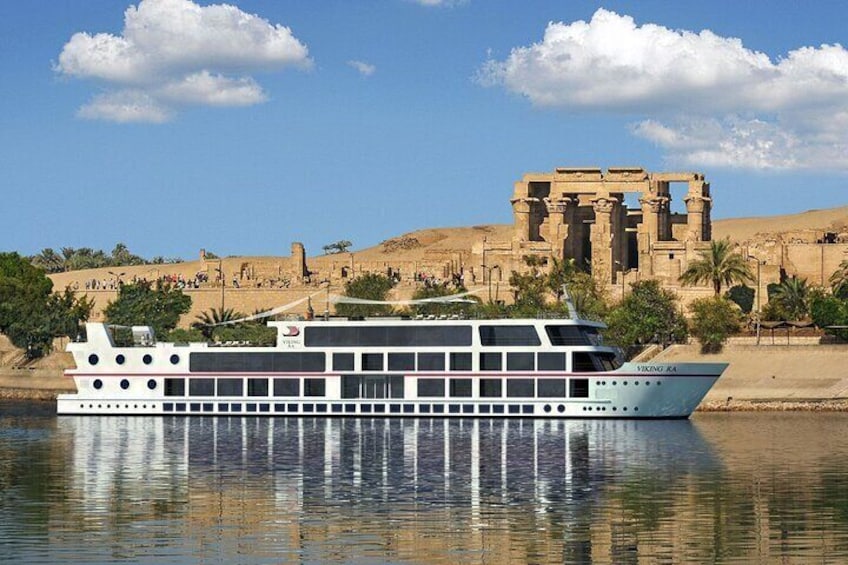




Private 5 Day Nile Cruise Luxor to Aswan Including Balloon
By Star Tours
Free cancellation available
Features
Overview
Activity location
Meeting/Redemption Point
Check availability
Accommodation
Accommodation: without executing the attractions (Accommodation include hot air balloon in addition to Abu Simbel Temple without a guide)
Pickup included
Price details
S$864.76 x 1 AdultS$864.76
Total
Until Fri, 21 Feb
Accommodation
Accommodation: without executing the attractions (Accommodation include hot air balloon in addition to Abu Simbel Temple without a guide)
Pickup included
Price details
S$864.76 x 1 AdultS$864.76
Total
Until Fri, 21 Feb
Accommodation&Guide&Transport
Accommodation&Guide&Transport
Pickup included
Price details
S$1,039.33 x 1 AdultS$1,039.33
Total
Until Fri, 21 Feb
Accommodation&Guide&Transport
Accommodation&Guide&Transport
Pickup included
Price details
S$1,039.33 x 1 AdultS$1,039.33
Total
Until Fri, 21 Feb
What's included, what's not
Know before you book
- Wheelchair accessible
- Infants and small children can ride in a pram or stroller
- Public transport options are available nearby
- Infants are required to sit on an adult’s lap
- Transport options are wheelchair accessible
- Suitable for all physical fitness levels
Activity itinerary
Location
Activity location
Meeting/Redemption Point
Best Deals on Things to Do
Experience the wonders of the world up close with great deals on things to do near and far. Expedia offers one-of-a-kind activities that allow you to explore Luxor your way. Whether you love nature, culture, food or a bit of adventure, we have the perfect activity for you.
Top experiences in Luxor
With so many things to do in Luxor, planning the perfect day out may seem like a daunting task. Expedia is here to take the hassle out of finding the best attractions, tours and activities in Luxor. Families, couples and business travellers can all find the perfect activity in Luxor to create life-long memories with the help of Expedia.